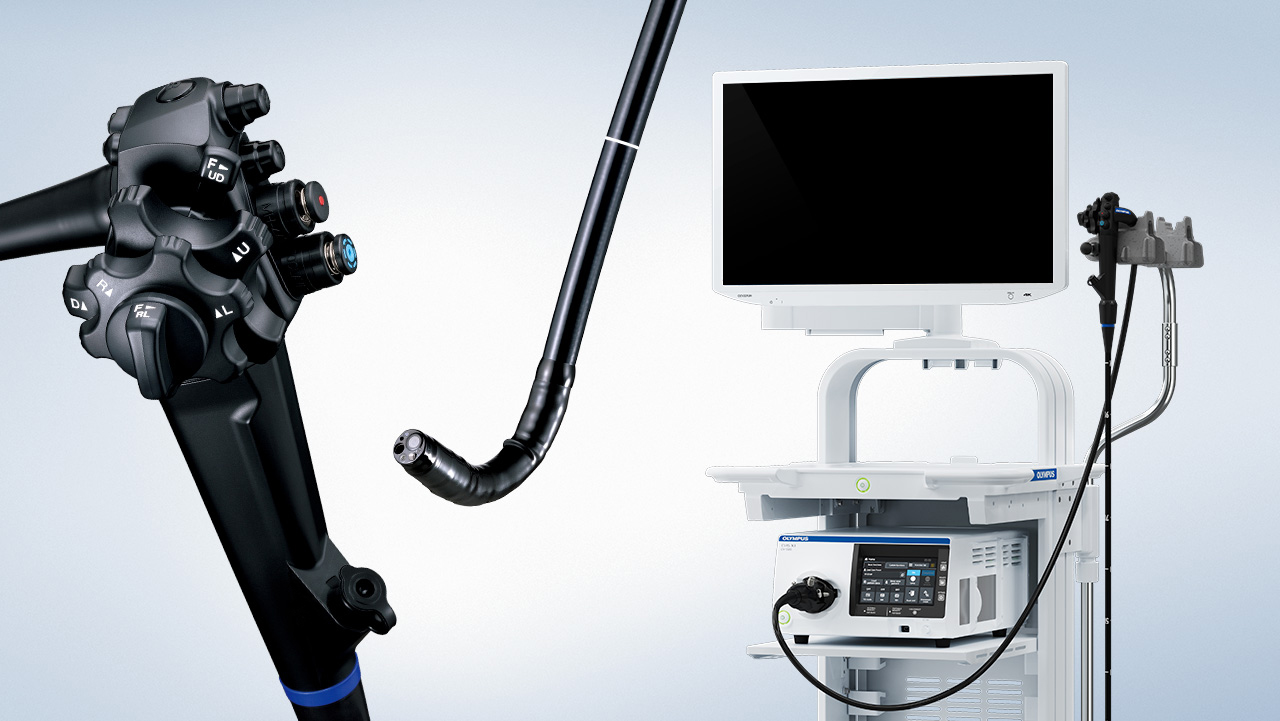.jpg)
• Mosaic pattern of the duodenal mucosa in the child with untreated celiac sprue
• Upper endoscopy with at least 6 duodenal biopsies is considered the criterion standard to help establish a diagnosis of celiac disease
• Removal of gluten from the diet is essential. certain products, such as wheat flour, are virtually ubiquitous in the American diet
Celiac sprue
Partial and total villous atrophy may be the endpoint of different pathological processes, including celiac sprue, giardiasis, cow’s milk allergy, postinfectious inflammation, and immunodeficiency. Clinical manifestations of these diseases are non-specific.
For more than three decades jejunal capsule biopsy was the cornerstone for diagnosis of celiac sprue. But it is time-consuming, requires fluoroscopy, and is associated with failure of adequate tissue sampling. It has been replaced by endoscopic biopsies in adults and children. Endoscopic assessment of the duodenal mucosa in conjunction with chromoendoscopy and waterimmerging technique targets the biopsy minimizing the false negative results in patients with patchy distribution of villous atrophy. In addition, accidental discovery of mucosal changes suggestive of celiac sprue during EGD in children is not uncommon. The main endoscopic sign of celiac sprue in children is a mosaic pattern of the duodenal and jejunal mucosa and “scalloping” of the valvulae conniventes.
In the active phase of celiac disease, the duodenal mucosa appears grayish, edematous and a mosaic with an increased vascular pattern in the proximal duodenum. Duodenal folds are coarse and have scalloped appearance. Mucosa between the duodenal folds has a mosaic or honeycomb pattern. These endoscopic signs are usually more prominent in the distal duodenum or proximal jejunum. Although duodenal or jejunal mucosa are not friable, biopsy is associated with slightly more intensive bleeding.
The final diagnosis of celiac sprue is histological. At least four biopsies from the distal portion of duodenum are required. All specimens have to be properly oriented for correct assessment of the villous and cryptal pattern.
Complete regeneration of atrophic mucosa is expected within 6 months in children on a strict gluten-free diet. In noncompliant children, espe- cially adolescents, mucosal atrophy may be clinically silent
Related posts
- Forrest classification for ugib - 03-05-2021
- Dieulafoy’s lesion - 29-04-2021
- Henoch-schonlein purpura - 04-05-2021
- Crohn’s desease - 03-05-2021
- Pertrophic pyloric stenosis (hps) - 03-05-2021
- Lymphangiectasia (lae) - 03-05-2021
- Lymphoproliferative - 03-05-2021
- Gastric Tumors - 03-05-2021
- Gastric foreign bodies - 03-05-2021
- Gastric polyp - 04-05-2021
-

Self-design suction tool
20-05-2021 -

Removing phytobenzoar in Pig's stomach
20-05-2021 -

Remove twisting of the pig colon
04-05-2021 -

Pig stomach endoscopy
04-05-2021
-

Management of Ingested Foreign Bodies in Children: A Clinical Report of the NASPGHAN Endoscopy Committee
28-04-2021 -

Management of Familial Adenomatous Polyposis in Children and Adolescents: Position Paper From the ESPGHAN Polyposis Working Group
28-04-2021 -

Pediatric Colonoscopic Polypectomy Technique
28-04-2021 -

Gastrostomy Placement in Children: Percutaneous Endoscopic Gastrostomy or Laparoscopic Gastrostomy?
28-04-2021







